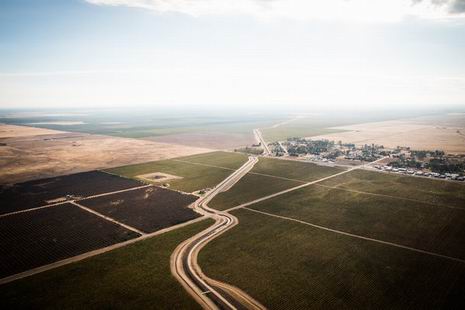
|
|

|
|
| April 23, 2024 |
|
California struggles over water storage for farmers 
FRESNO - Keeping California’s agricultural land in production depends on fixing its growing water problems.
As the state considers its options, many farmers want to revive the approach that worked for them in the last century: building dams. Not far from this tiny hamlet northeast of Fresno, for instance, the government is thinking of building a new artificial lake just above an existing one. Doubts are growing about whether spending huge sums to pour high walls of concrete are the best way to solve California’s water problems. Many independent experts, and almost all environmental groups, argue that dams would supply relatively little water for the money. They contend that Californians need to move aggressively to more modern methods of water management, reducing waste to a minimum and learning to live within the limits imposed by an arid environment. California is able to supply a third of America’s vegetables and two-thirds of its fruits and nuts because it is one of only five major growing regions of the world with what is known as a Mediterranean climate. That means it is cold and wet in the winter, then dry and sunny in the summer. The bright, clear days create ideal growing conditions. The hitch is water. Precipitation is erratic, and when it comes, it tends to fall in the mountainous northern and eastern parts of the state, while much of the population and farming are in the south and west. Winter snows in the Sierra Nevada are crucial, sending billions of gallons of water racing down the state’s rivers with the spring snowmelt. As water problems have worsened in the Central Valley, many farmers have blamed the environmentalists who, the farmers argue, are choosing to waste water on fish at the expense of people. Many proposals for new storage are on the table. Two that have drawn considerable interest are damming the San Joaquin River again at Temperance Flat, costing more than $2 billion, and a project north of the delta called Sites Reservoir that would store water pumped from the Sacramento River, at a cost nearing $4 billion. As climate change forces farmers to grow crops in hotter conditions, water demand is only going to rise. “These aquifers need to be seen as strategic national reserves that can help us weather more climate variability in the future,” Dr. Konar said. “Right now, we have pretty much the opposite situation — we’re just seeing rapid overexploitation.” (Source: New York Times) Story Date: January 11, 2016
|